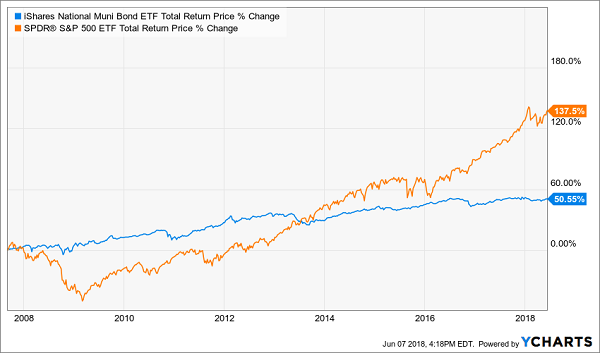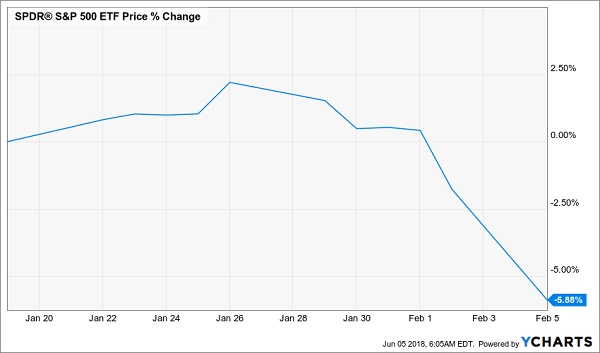2 Tips (and 4 Sells) to Protect You From the Next Dividend Big Dividend Cut
Brett Owens, Chief Investment StrategistUpdated: June 19, 2018
It’s something I hear from readers all the time: “Brett, the 7%+ dividends you recommend in the Contrarian Income Report service are well and good, but are dividends that high really safe to invest in? I’m worried about a dividend cut.”
The answer?
They are absolutely safe—so go ahead and enjoy the outsized cash payouts delivered by our Contrarian Income Report selections, which I’ve carefully chosen and safety-checked to let you retire on a $500k nest egg (and maybe even less).
And for stocks outside of our portfolio, you just need to take a few quick steps to stay off the rocks.… Read more



